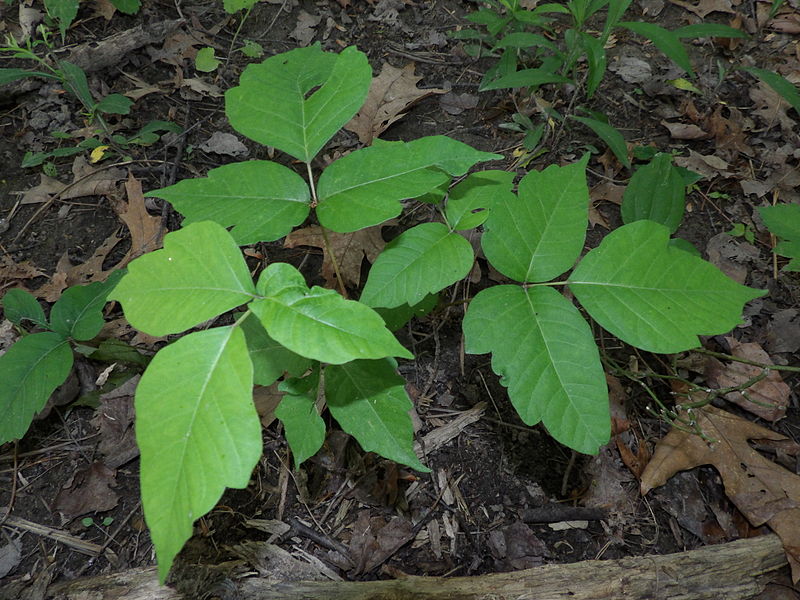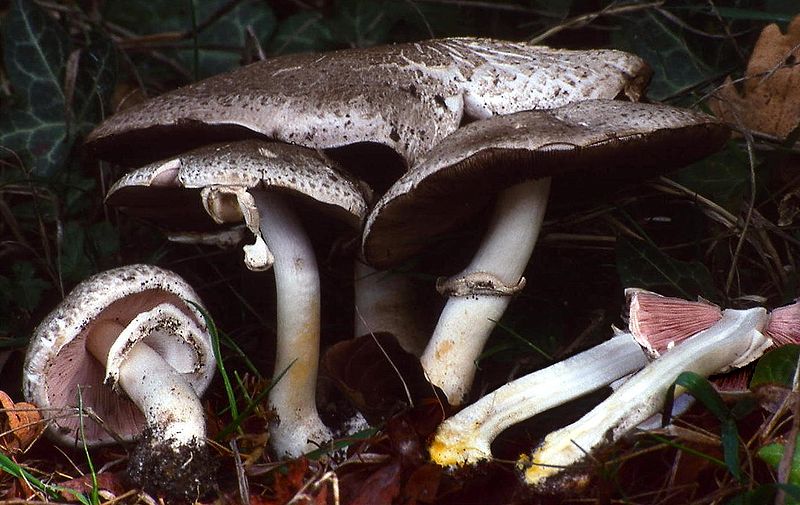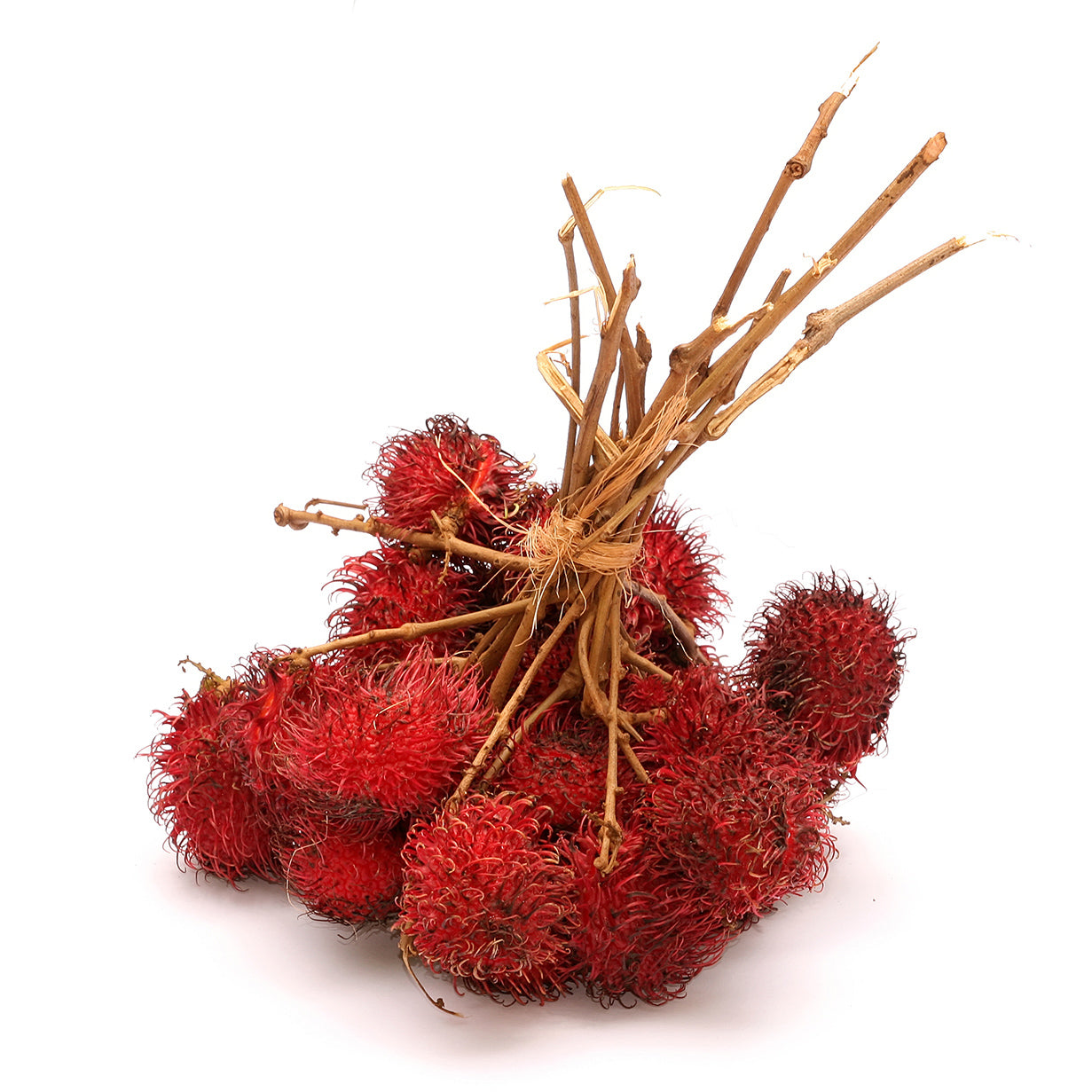
Wild Plant Of The Week 3 - Poison Ivy
Botanical name: Toxicondendron rydbergii, Toxicodendron radicans, Toxicodendron orientale
Common name: Poison Ivy, Western Poison Ivy, Eastern Poison Ivy, Asian Poison Ivy

Taxonomy: Formerly thought of as being a single species, Ivy is now thought of as complex of three seperate species: Western Poison Ivy, Eastern Poison Ivy, Asian Poison Ivy. These species are not actually members of the Ivy family (Hadera) but related to the cashew and pistachio family (Anacariceae).
Identification: Some old wives tales do indeed ring true:
"Leaves of three, let it be!"
"Hairy vine, no friend of mine!"
"Berries white, run in fright!"
These attributes may ring true for other plants but are accurate for the identification of Poison Ivy. Another attribute to look out for is the lack of thorns. Poison Ivy grows as a small shrub, generally up to 1 metre in height (sometimes up to 3m).


Best places to find: Woodland clearings, road sides, along watercourses
Time of year: Almost all year round.
Point of interest: All three species are poisonous, as the same suggests. Upon contact with skin, irritation and severe allergic reaction are likely (although 15-25% of people suffer no reactions). Fatalaties are possible, depending upon the individual and level of exposure. If the exposure is internal (i.e. ingested), reactions may be amplified. The best way to begin treatment is to wash the affected areas in warm soapy water, several times, over the course of a few hours.Usually, exposure will lead to a skin rash and or blistering of varrying severerity.These conditions may be calmed with Calamine lotion.

Photos courtesy of:
Nonenmac via Wikipedia Creative Commons Attribution
Famartin https://creativecommons.org/licenses/by-sa/4.0
By Jaknouse - Own work, CC BY-SA 3.0, https://commons.wikimedia.org/w/index.php?curid=6984416
By Jarek Tuszyński / CC-BY-3.0 & GDFL, CC BY 3.0, https://commons.wikimedia.org/w/index.php?curid=10787324


